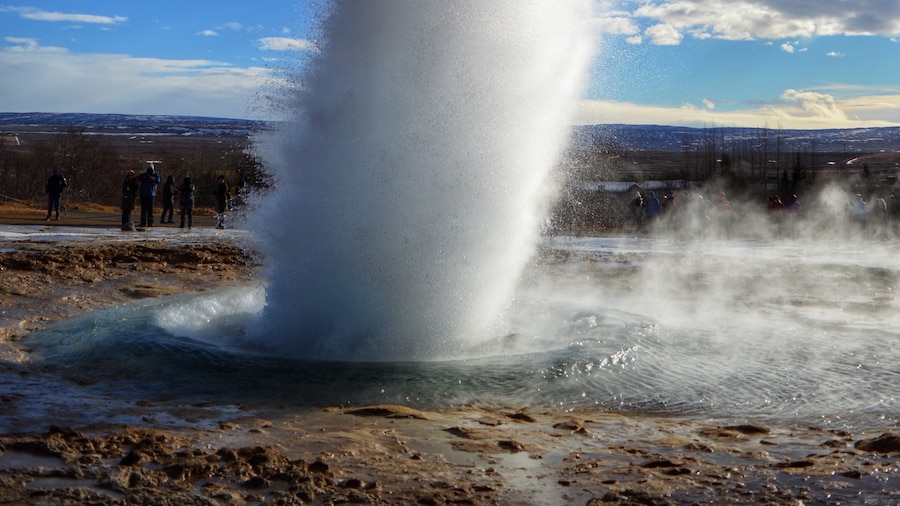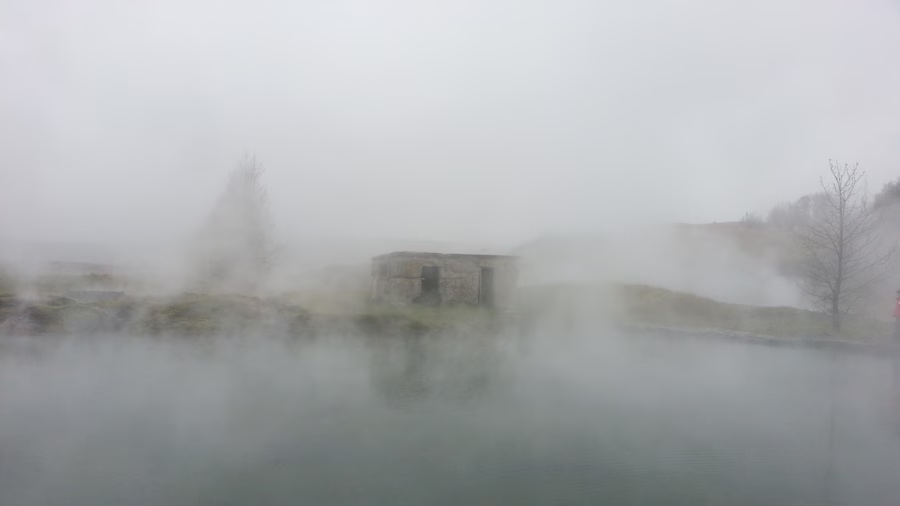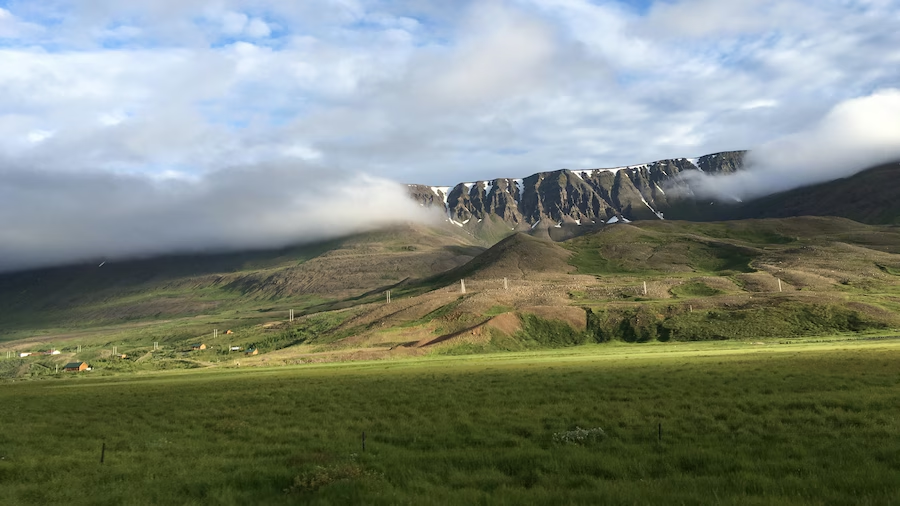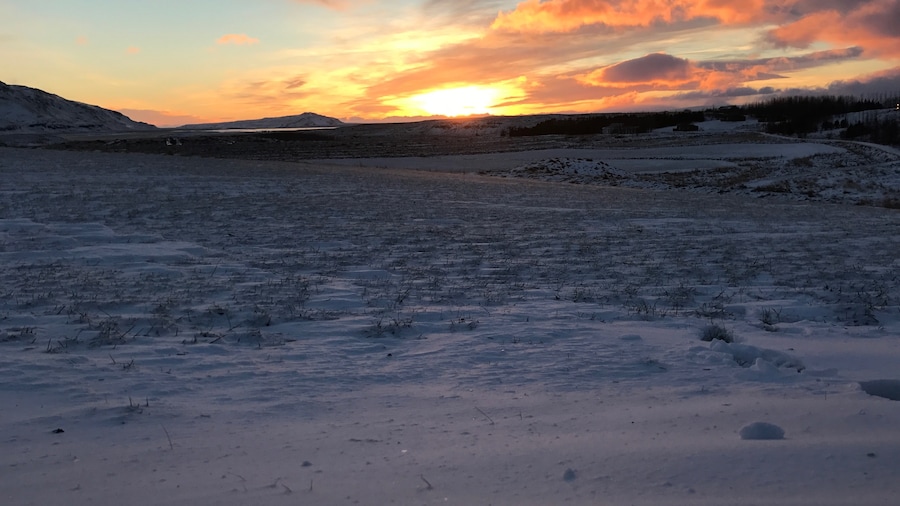Traverse this dramatic field of more than a dozen geysers and simmering mud pits resembling the end of the world.
Geysir Hot Springs is an apocalyptic site where mud bubbles and steam rise from vents in the ground. The historic site is the origin of the modern word “geyser.” It was among the first thermal features of its kind known to Europeans. Follow the Golden Circle route through southern Iceland to arrive at this naturally beautiful spot.
Visit the Geysir Center year-round for its exhibits and informative site presentations. The Strokkur hot spring spurts water 100 feet (30 meters) into the air every few minutes. Capture photos of the impressive feat of nature that lies just south of its larger neighbor, Geyser. The latter was once the area’s most volatile hot spring, spouting hot water to a height of 230 feet (70 meters), but stopped in recent years.
As part of a guided tour, join a chef in boiling eggs in a hot spring, before digging up rye bread planted as batter in the hot ground a day earlier. Walk along the paths that lead around the geyser field. Note the subtle changes in the bubbles before an eruption.
High winds often penetrate the unsheltered valley, so make sure to bring warm clothes. Visit the hot springs in the evening to avoid crowds. Climb the surrounding hills for aerial views of the steamy hot springs.
Hike through the otherworldly terrain and walk through a forest. Enjoy a picnic with family and friends beneath the trees. Hotels and restaurants offer services in the area. Purchase souvenirs from the gift shop at the Geysir Center.
The hot springs have been active for about 10,000 years. The first written account was in 1294, when an earthquake generated new geysers.
Visit the hot springs, which are open year-round and have free entrance. Geysir Hot Springs is 19 miles (30 kilometers) east of LaugarvatnOpens in a new window in southwestern Iceland beside Laugarfjall Hill in the Haukadular Valley. Arrive here from the capital city of ReykjavikOpens in a new window, which is a 90-minute drive west of the geyser field.











